The Beast
Text and photos by Mads Nissen/Panos Pictures
Abridged by Syharn Shen (沈思含)
The Beast
Text and photos by Mads Nissen/Panos Pictures
Abridged by Syharn Shen (沈思含)
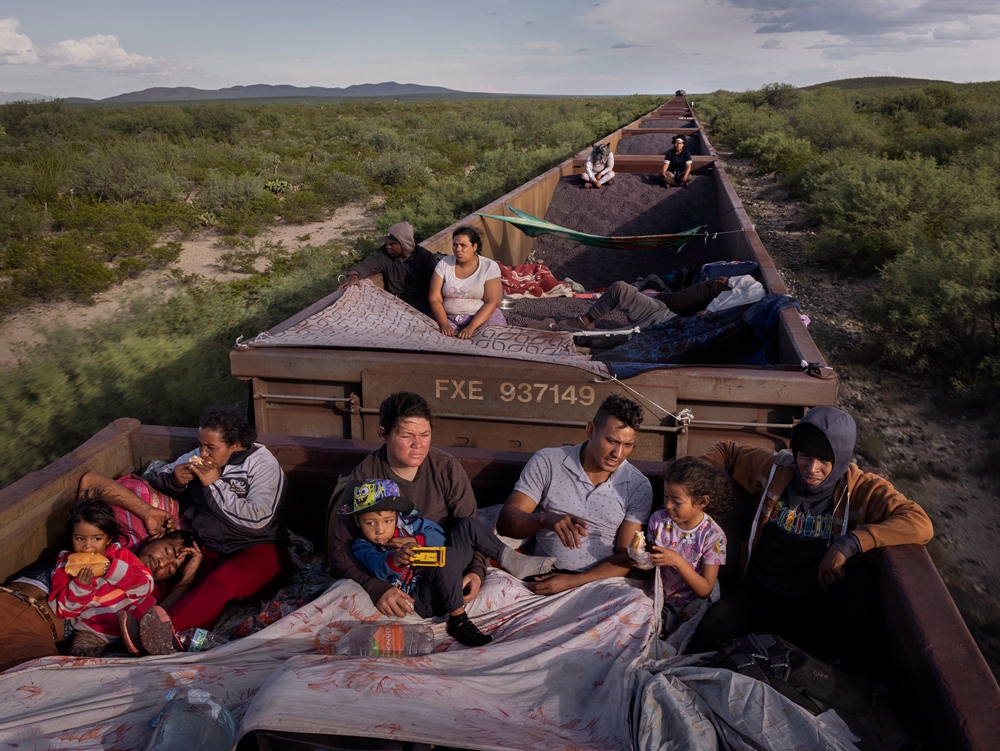
La Bestia winds through cartel-controlled terrain, passing Fresnillo—one of the world's most violent cities. Families like Luis, Yorelis, and their daughter hold close as others huddle nearby, bracing for what's ahead.
"If you want to go to the land of dreams, you have to take the train they call The Beast."
That's how many migrants refer to La Bestia, the freight train that winds through Mexico toward the U.S. border—a dangerous passage toward what they hope is a better life.
The journey of Ana Muñoz from Venezuela is like that of many others under the Coca-Cola Bridge in Irapuato, Mexico. Once a vegetable garden cook, she now carries her children Damian, 9, and Sofia, 13, and her dreams in two backpacks. Her goal: to reach the United States for a safer, more hopeful future. "I wanted to give them a better life, a better school," Ana says.
But she has chosen a perilous moment. U.S. politics are increasingly hostile to migrants. President Trump has called them "not human" and a threat to the nation. In 2023 alone, over 275,000 migrants were stopped at the border. Many, like Ana, have used the CBP One app to apply for asylum, but rumors abound: "The app doesn't work," "They only take families with children," "They don't take Venezuelans," "Cartels will kidnap you if you take the bus."
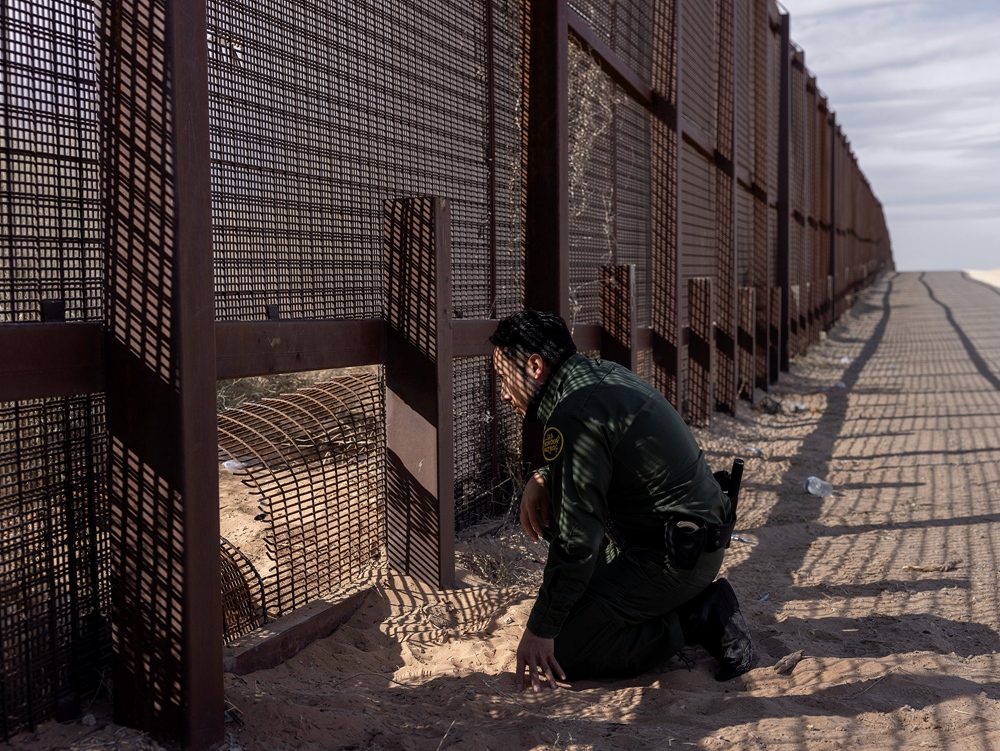
A U.S. Border Patrol agent inspects a breach in the fence near Ciudad Juárez, a cartel-dominated city where smuggling and violence remain entrenched.
So, the migrants wait for La Bestia. They prefer ore trains—"bolicheros"—with open cars filled with iron pellets, offering shelter and space. The bridge becomes a launching pad for those from Afghanistan to Haiti to Guatemala, all hoping to ride north unseen by corrupt officials or predatory gangs.
Ana isn't alone. Clara and Rommel, fleeing deadly gang violence in Ecuador with their seven children, also wait to board. Their daughter Genesis was shot during a home invasion; the family lost everything and is now heading north for survival.
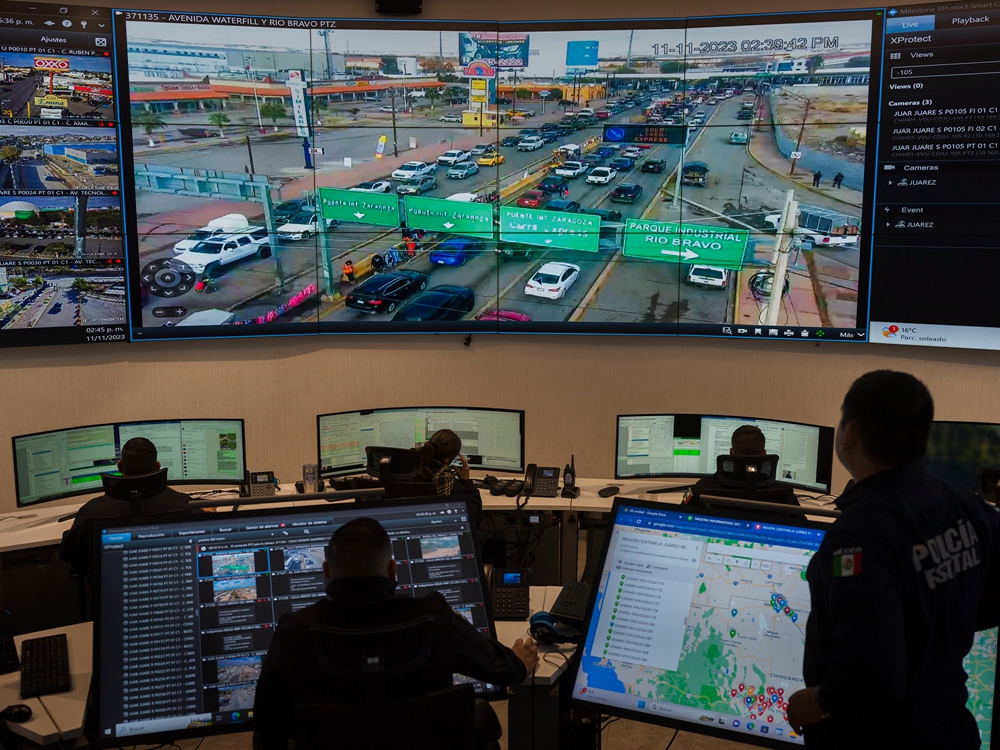
Ciudad Juárez, once dubbed the "murder capital of the world," remains a cartel stronghold. State police now oversee security, using surveillance tech, but violence and corruption persist along this vital smuggling corridor.
When the train comes, about 100 migrants, including Ana's family and Clara's, climb aboard. It's a grueling journey. The nights are cold and wet. People huddle together. A girl from Chile practices English with journalists onboard. But fear shadows the ride—fear of arrest, of injury, of failure.
In Zacatecas, that fear becomes real. Mexican immigration officials board the train. Chaos erupts. Shouts, children crying, flashlights cutting the dark. Soldiers fire shots. Migrants are pulled off the train; some are arrested. Journalists, briefly detained, later find Ana—shaken but still on board. Clara's family, however, is gone, taken away by the police.
The terror doesn't end. That night, a gang with machetes attacks the remaining migrants. They fight back with stones, sticks, anything they can find.
As the train rolls on through cartel-dominated territory, it's met with unexpected kindness. Locals toss water, food, diapers into the cars. For a moment, the migrants rest to the rhythm of the rails—tense, but alive.
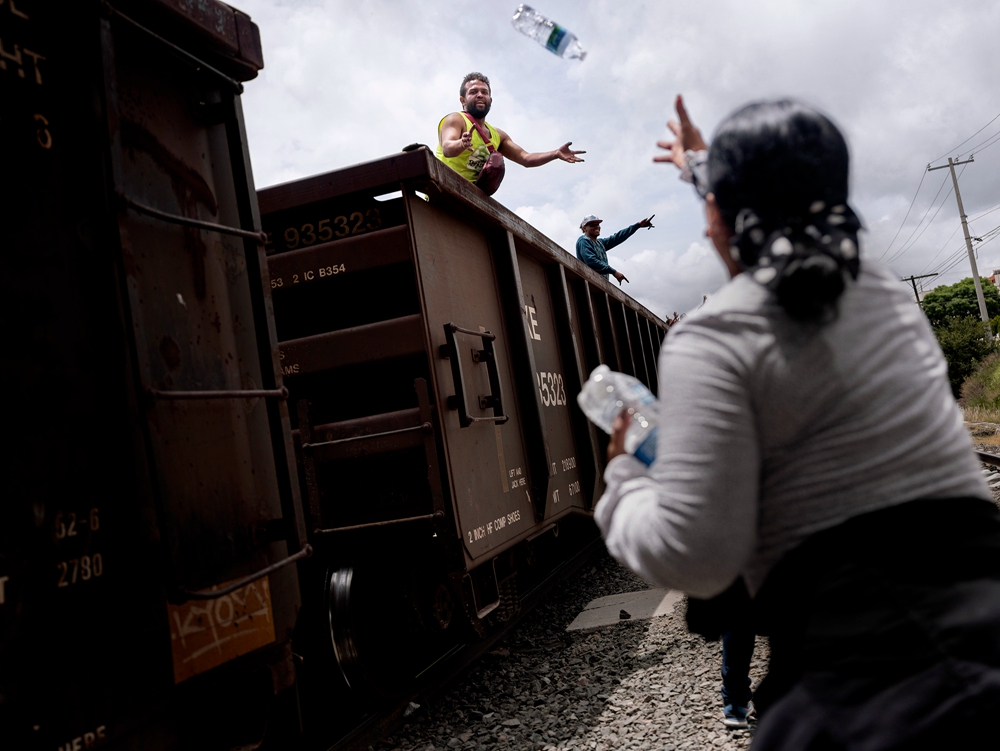
As La Bestia passes through Zacatecas, volunteers from Nueva Esperanza hand out food and water. Across Mexico, many locals show quiet solidarity, helping migrants with whatever they can.
As darkness falls again, the migrants discuss "puncha"—a risky maneuver to stop the train by releasing brake air. They need to time it perfectly: too soon, and the desert could be deadly.
In Nazareno, the train stops. Forty migrants climb down into the deserted town. A lone taco vendor is startled but quickly begins cooking. "You don't have to pay—the kids get it first," she says. Her daughter brings Coke, offers showers, even places to sleep.
"There's a bus to Torreon at five," the daughter offers. "If you blend in with the locals, I'll help." Ana hesitates—torn by fear of making the wrong decision. But she knows one thing: she cannot stop.
Because La Bestia only moves forward.
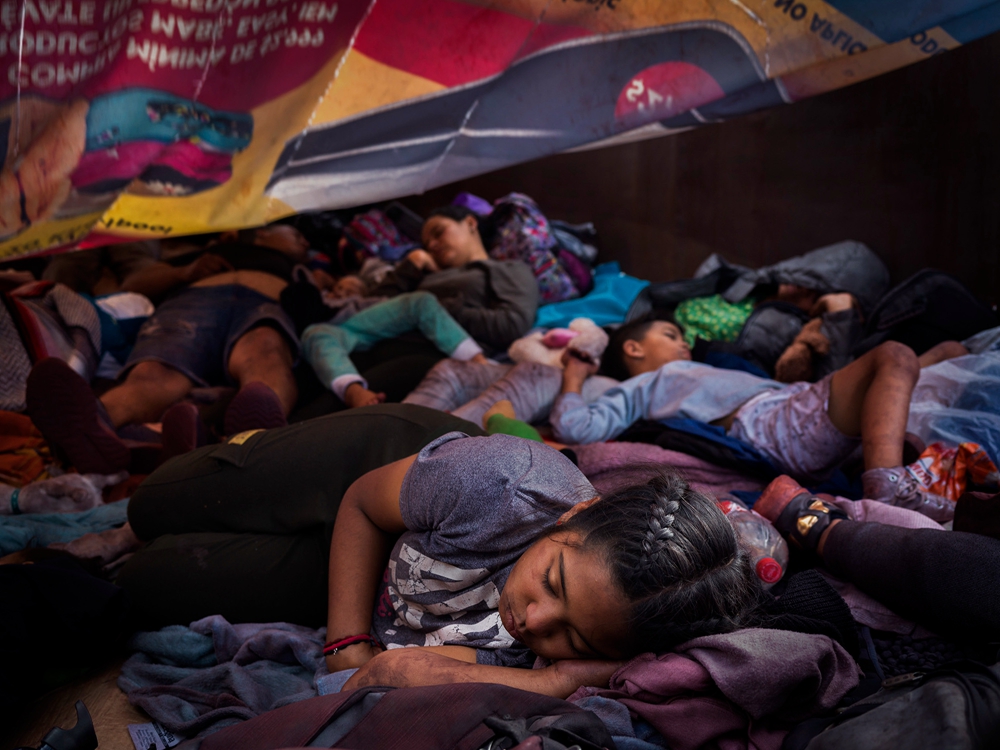
Families on La Bestia use banners for shelter, creating warmth and refuge atop iron ore. Amid heat, wind, and cold rain, this fragile setup offers brief comfort to exhausted travelers.
Contact Us | Plan a Visit | Donate
8 Lide Road, Beitou 11259, Taipei, Taiwan
886-2-2898-9999
005741@daaitv.com
©Tzu Chi Culture and Communication Foundation
All rights reserved.
